Why bumblebees are better pollinators than honeybees
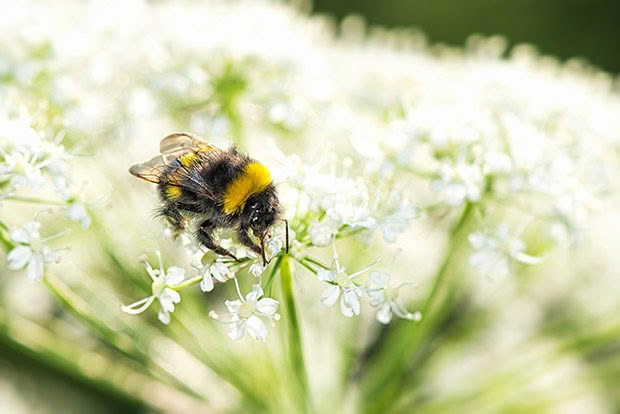
A bumblebee’s large size makes it a better pollinator than a honeybee.
If beehives aren’t your thing, there are a few simple strategies you can use to encourage another beloved pollinator to find a home in your garden.
Words: Nadene Hall
Cuddly-looking bumblebees don’t get the kudos of their smaller honey-making colleagues, probably because they only produce enough honey to feed themselves. However, they’re the almost perfect pollinator, especially if you want a good tomato crop:
■ they can visit twice as many flowers per minute as honeybees, up to 450 an hour in a glasshouse;
■ they forage for longer, as they’re not as affected by cold weather – in warmer regions, they can be active almost all year-round, vs honeybees which stay inside their hives when it’s cold;
■ they’re bigger, so they can carry much heavier pollen loads – up to 90% of their body weight, vs 30% for a honeybee;
■ their large size means they dislodge and spread pollen more effectively than smaller insects like honeybees, particularly tomato pollen.
Meet the bumblebees of New Zealand
There are four species of bumblebee in New Zealand, brought here in the 1880s.
1. Bombus terrestris
Found: nationwide, most common bumblebee in NZ, and the one used in commercial glasshouses.
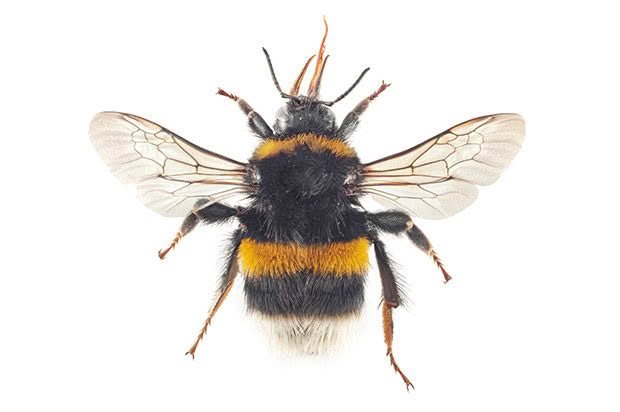
2. Bombus ruderatus
Found: nationwide, except Stewart Island. Some can be completely black, to a mix of black-yellow.
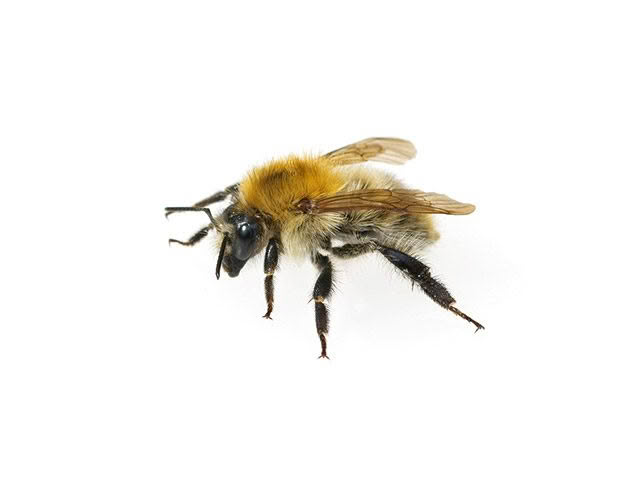
3. Bombus hortorum
Found: nationwide south of Hamilton, except Westland, but appears to be spreading north.
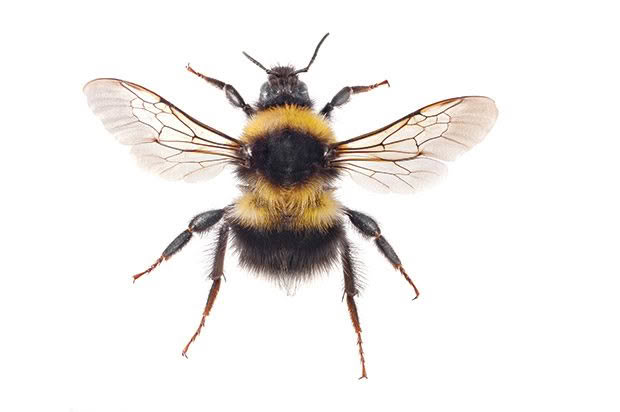
4. Bombus subterraneus
Found: inland Canterbury and central Otago. Rare, only flies from November-March.
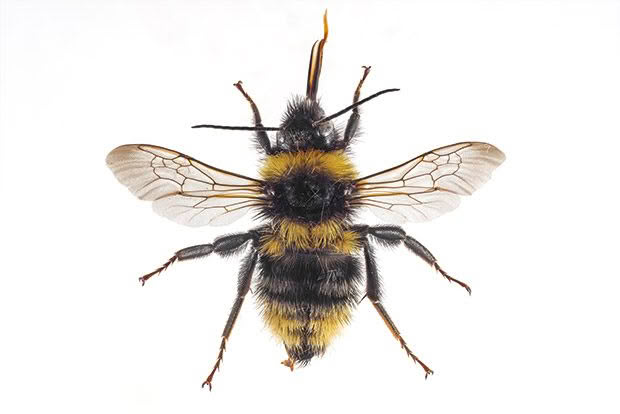
How to create the perfect bumblebee home

WHAT YOU’LL NEED
1. Dry spot, at ground level on a bank or along a fence line/hedge, within flower beds or shrubs, out of direct sunlight (dappled is ok), close to lots of flowers.
2. Terracotta flowerpot, 20cm+ in diameter, sitting in a shallow trench.
3. Hosepipe, great than 18mm diameter, 30-50cm long, 5mm holes skewered into the bottom to allow water to drain out.
4. Flowerpot tray or tile to protect from rain, sitting on stones to allow airflow.
5. Chicken wire, fashioned into a square cradle with the sides bent down and under, so the nest sits above the soil and stays dry.
6. Nest material, ideally from existing mouse or rabbit nest, and/or moss seeded with rodent poo.
WHY DO BUMBLEBEES HAVE SMELLY FEET?
When a bumblebee visits a flower, it leaves behind a smelly ‘footprint’ to alert other bees. Flowers can take from 1-2 hours to several days to create new pollen and nectar; the smell tells other pollinators to move on, only wearing off when the flower has more food ready.
BUMBLEBEE HOSTING TIPS
• The beegap nest, created in collaboration with NZ entomologist Dr Barry Donovan, has a special slot entrance that’s much larger than the one pictured above. It’s approximately 250mm wide and 35mm high, so it’s less likely to be obscured by grass or leaves, and more likely to be found by a queen.
• If you don’t have litter, ask local mouse breeders for old nesting material. Bumblebee queens sniff out old mice nests as they share
the same preferences for a dry, secure spot.
• A queen bumblebee rarely chooses the same home two years running. Set it up again in a new spot with a fresh lot of droppings/bedding.
MORE HERE
Love this story? Subscribe now!
 This article first appeared in NZ Lifestyle Block Magazine.
This article first appeared in NZ Lifestyle Block Magazine.
